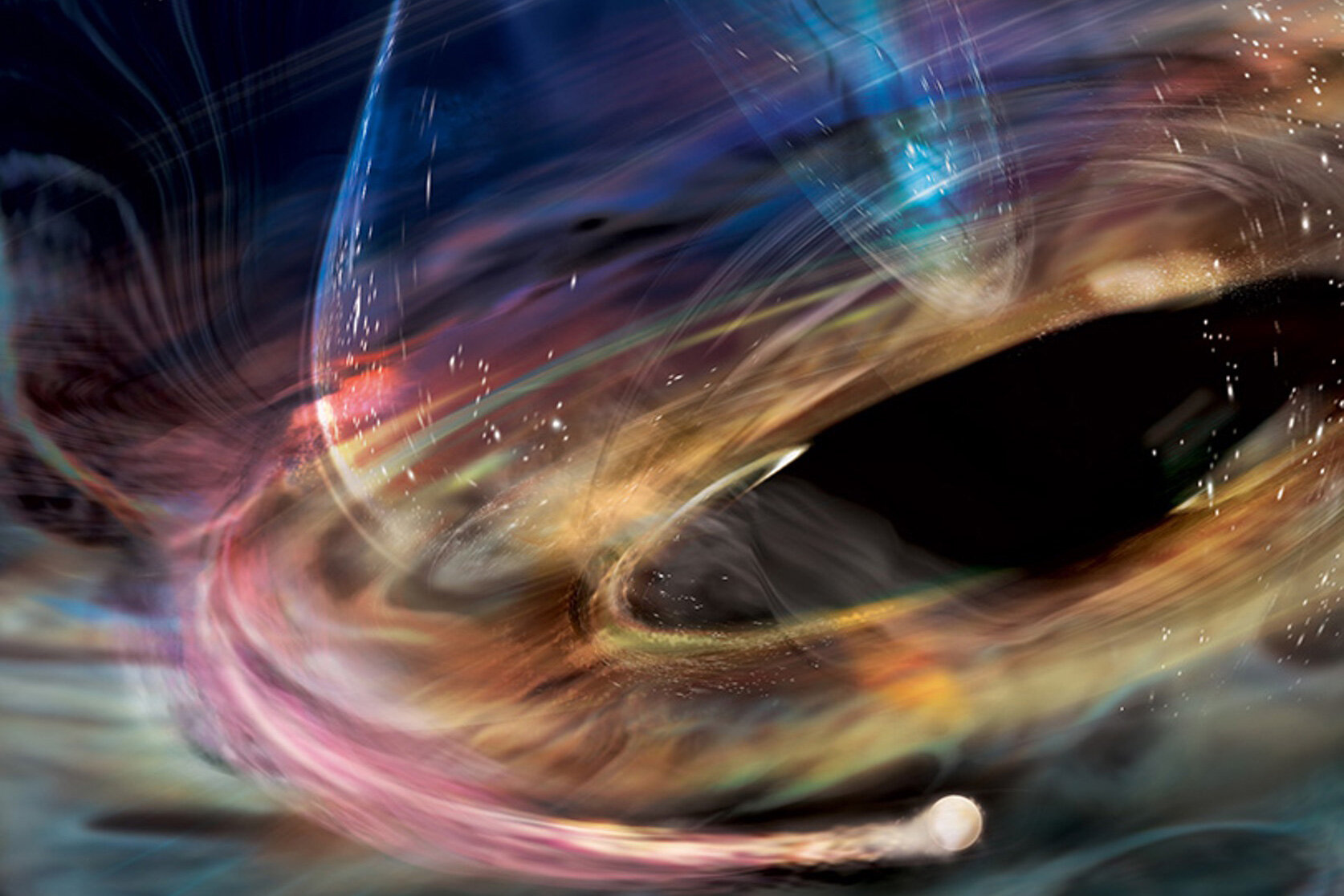2025-01-14 08:00 – Ištrauka iš laiško „Aida Daily: Biden's AI Export Rules / Starmer's £47B AI Plan / BepiColombo's Mercury Flyby"
Whirlwind White Dwarf Sparks X-ray Frenzy Near Black Hole
Astronomers using the XMM-Newton telescope have uncovered a white dwarf star pirouetting perilously close to the supermassive black hole 1ES 1927+654, located 270 million light-years away. Over two years, X-ray flashes surged from every 18 to every 7 minutes—a celestial dance unprecedented in black hole astronomy. The white dwarf sheds its outer layers to avoid the event horizon, offering insights into extreme environments. Future gravitational wave detections by LISA in the 2030s could further illuminate this stellar saga.
